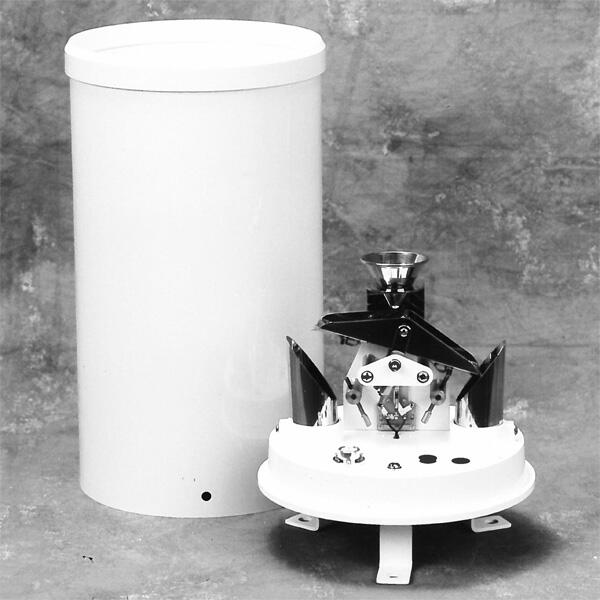
Rain Gauge Description: Types, Functionality, and Applications

# Rain Gauge Description: Types, Functionality, and Applications
A rain gauge is an essential meteorological instrument used to measure the amount of liquid precipitation over a specific period. It plays a crucial role in weather monitoring, agriculture, hydrology, and environmental studies. This article explores the types, functionality, and applications of rain gauges.
## Types of Rain Gauges
Rain gauges come in various designs, each suited for specific purposes. Below are the most common types:
### 1. Standard Rain Gauge
The standard rain gauge, also known as the manual rain gauge, consists of a cylindrical container with a funnel at the top. Precipitation is collected in the container, and the amount is measured using a graduated scale. This type is widely used due to its simplicity and accuracy.
### 2. Tipping Bucket Rain Gauge
The tipping bucket rain gauge is an automated device that uses a small bucket mechanism to measure rainfall. When a certain amount of precipitation fills the bucket, it tips, and the event is recorded electronically. This type is ideal for real-time data collection.
### 3. Weighing Rain Gauge
A weighing rain gauge measures precipitation by weighing the collected water. As rain falls into a container, the weight increases, and the data is recorded. This type is highly accurate and suitable for measuring snowfall as well.
### 4. Optical Rain Gauge
Optical rain gauges use light beams to detect and measure rainfall. When raindrops pass through the beam, they scatter the light, and the intensity of scattering is used to calculate the precipitation rate. This type is often used in research and aviation.
## Functionality of Rain Gauges
Rain gauges operate on simple yet effective principles. They collect precipitation in a designated area and measure the volume or weight of the collected water. The data is then converted into units such as millimeters or inches, representing the depth of precipitation over a specific area.
Key components of a rain gauge include:
– Collection Funnel: Directs rainwater into the measuring container.
– Measuring Cylinder: Holds the collected water and provides a scale for measurement.
– Data Recording System: Records and stores precipitation data, either manually or electronically.
## Applications of Rain Gauges
Rain gauges are indispensable tools in various fields. Some of their primary applications include:
### 1. Weather Forecasting
Meteorologists use rain gauges to monitor precipitation patterns, which are critical for accurate weather forecasting and climate studies.
### 2. Agriculture
Farmers rely on rain gauge data to manage irrigation, plan planting schedules, and optimize crop yields based on rainfall patterns.
### 3. Hydrology
Hydrologists use rain gauges to study water cycles, predict floods, and manage water resources effectively.
### 4. Environmental Monitoring
Rain gauges help track changes in precipitation due to climate change, aiding in environmental conservation efforts.
In conclusion, rain gauges are versatile instruments with a wide range of applications. Understanding their types, functionality, and uses can help professionals and enthusiasts alike make informed decisions in their respective fields.
Keyword: rain gauge description



